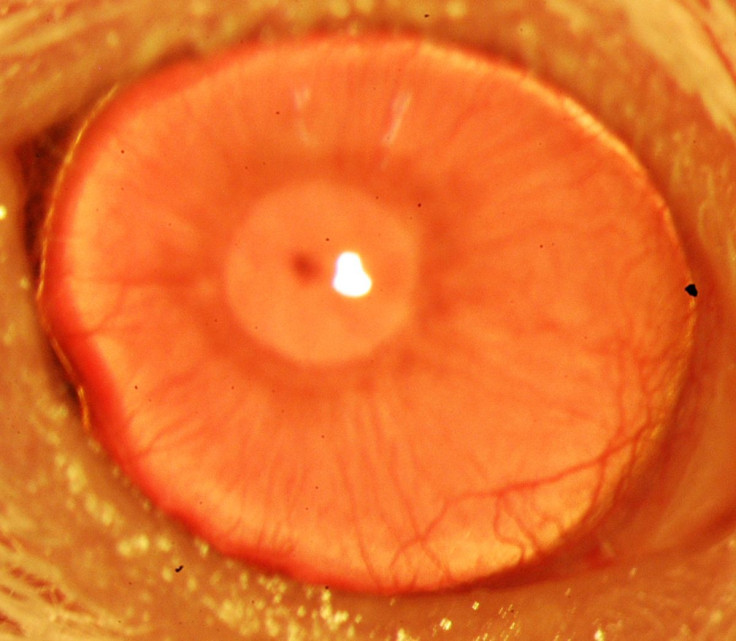Cornea Tissue Regrown Using Tissue Made From Adult-Derived Human Stem Cells

The cornea is the outermost layer of the eye, a dome-shaped surface that is our window to the world. Maintaining its health and transparency is essential to vision. Now, researchers have discovered a more effective way to regrow human corneal tissue and restore vision by using a molecule that acts as a marker for limbal stem cells.
Their research, which constructs a tissue from an adult-derived human stem cell, provides new hope to burn victims, victims of chemical injury and others with damaging eye diseases. "A single lab cannot do a study like this," said Dr. Natasha Frank, Harvard Stem Cell Institute. "It integrates genetics, knockout mice, antibodies, transplantation — a lot of technical expertise that we were lucky came together in a very nice way."
One of the leading causes of blindness is the loss of limbal stem cells due to injury or disease. The cornea is covered by a layer of cells known as the epithelium and surrounded by a narrow band of tissue known as the limbus or basal limbal epithelium. Limbal stem cells, though they reside in the limbus, help maintain and regenerate corneal tissue. In the past, scientists have used tissue or cell transplants to help the cornea regenerate, but they were unsure whether there were actual limbal stem cells in the grafts, or how many. As might be expected, results were inconsistent across patients.
"Limbal stem cells are very rare, and successful transplants are dependent on these rare cells," explained Dr. Bruce Ksander of Massachusetts Eye and Ear and co-lead author. For this study, Ksander and his colleagues placed their focus on limbal stem cells. They began with a molecule known as ABCB5, which acts as a marker for hard-to-find limbal stem cells. ABCB5 is produced in tissue precursor cells in human skin and intestine. Using antibodies detecting ABCB5, the researchers zeroed in on the stem cells in tissue from deceased human donors and then used these stem cells to regrow anatomically correct, fully functional human corneas in mice.
"ABCB5 allows limbal stem cells to survive, protecting them from apoptosis [programmed cell death]," said Dr. Markus Frank, Boston Children's Hospital. He has begun work with the biopharmaceutical industry to develop a clinical-grade ABCB5 antibody that would meet U.S. regulatory approvals.
"This finding will now make it much easier to restore the corneal surface,” Ksander said. “It's a very good example of basic research moving quickly to a translational application."
Source: Ksander BR, Kolovou PE, Wilson BJ, et al. ABCB5 is a limbal stem cell gene required for corneal development and repair. Nature. 2014.
Published by Medicaldaily.com



























